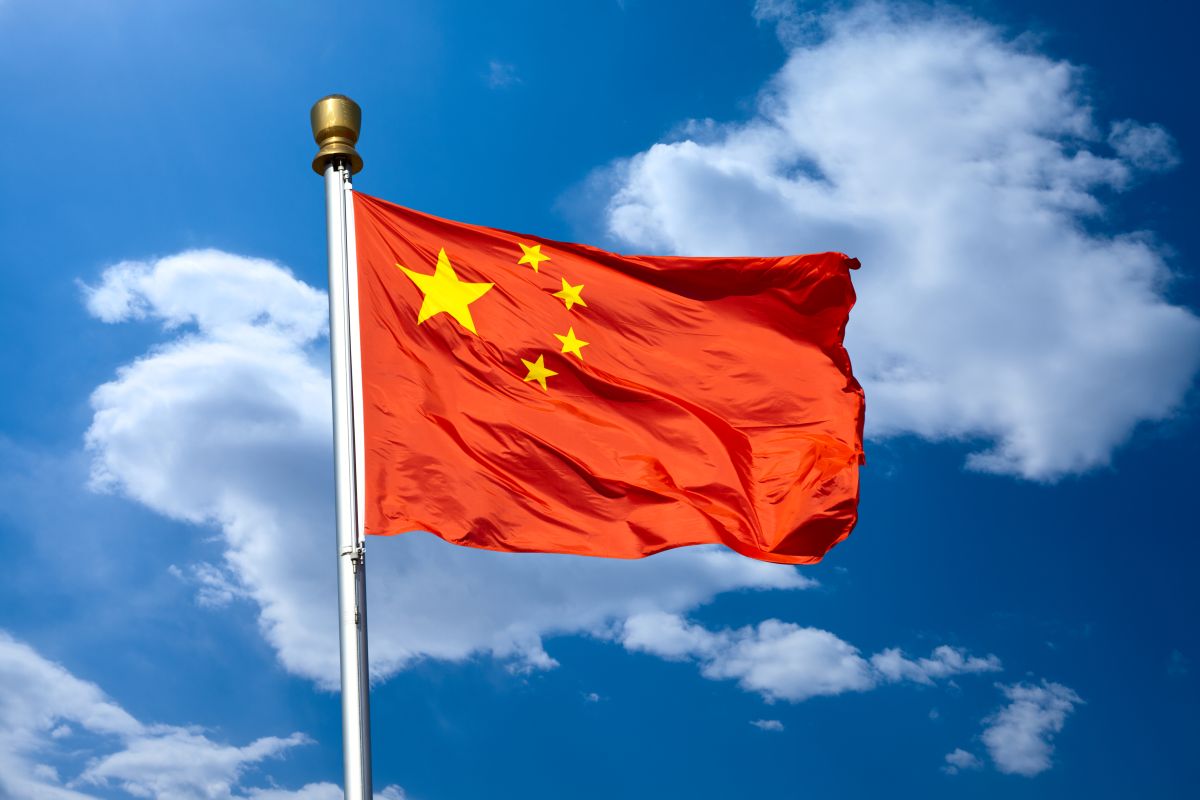T he presence of Chinese surveillance ships Yuan Wang 5 in Sri Lanka’s Hambantota port in August 2022 followed by another attempt by PLA Navy to place spy ship Yuan Wang 6 in the Indian Ocean into India’s Exclusive Economic Zone (EEZ) and near Andaman islands in the first week of November has raised a new security concern for India. Since this was precisely timed with the conduct of another test of the Agni missile by India as well as the launch of a satellite by China, it appears to have a dual role of spying on capability of Indian missile technology and to have close monitor activities of a satellite which may be used for military surveillance over India. As such, China is gradually spreading its economic and military activities in the Indian Ocean and Asia Pacific regions for more than two decades with multiple strategic aims to achieve regional economic and strategic dominance over India, as well as to secure uninterrupted Sea Lines of Communication (SLOC) and trade activities in Indian Ocean Region (IOR).
The growing influence of the USA, including QUAD countries, over countries in the South China Sea against Chinese ambitions to have complete superiority in the region is another preemptive factor. China has attained the status of the world’s second largest economy with trade expected at more than US$ 4.1 trillion. The significant share of trade is associated with countries of the Indo-Pacific, Gulf, Africa and Europe, including huge import of crude oils from Africa and Middle East mainly through ships moving via the Indian Ocean. As such, the present leadership of China considers India and USA as potential rivals and their strategic alliance as the biggest challenge and threat to its futuristic intentions to dominate the world order as super power by all means. Hence China has formulated multipronged strategies of the Belt and Road initiatives, CPEC and building or operating port infrastructure projects in south Asia and Africa so as to achieve economic, diplomatic and military dominance against India and USA in the IOR. Under these projects, China has invested more than 250 billion dollars in 138 countries as loan or otherwise, including in 21 ports.
Most of the countries are not able to repay Chinese loan and fall into a severe debt trap. Under the “String of Pearls Strategy”, China has established ports and infrastructure in almost each and every country around India. Chinese involvement in Hambantota and Colombo in Sri Lanka, Gwader port in Balochistan, Deepwater Terminal in Karachi and mega CPEC project passing through illegal Pakistan-occupied Kashmir are indeed great security concerns for India. The CPEC project has provided direct access to PLA across PoK and the entire international border of India and Pakistan. In the same way, the Gwader port and Karachi base pose a big threat to Indian interests in the Arabian Sea where the combined strength of PLAN and the Pakistan Navy will form a single maritime front against India. Over and above, the western coast of India, particularly Gujarat, Maharashtra, Karnataka, Kerala and Lakshadweep will be highly vulnerable due to direct surveillance of Chinese presence in the region. Infrastructure and port development in Chittagong Port in Bangladesh and Chinese investment in The Kyaukphyu Special Economic Zone (SEZ) Deep Sea Port Project in Myanmar led to direct access to China to have constant surveillance on Indian missile and rocket launch programs, naval warships in the Bay of Bengal and upon most crucial tri service military command of the Andaman and Nicobar Islands. In a similar way, China has built infrastructure in Maldives, South Africa, Tanzania, Kenya, Zanzibar, Sudan, Dolareh Multipurpose Port Djibouti, Mozambique and Madagascar. All projects developed by China in IOR are operated by government-owned companies; hence China continues to have direct influence and penetration in the region. China’s Anti-Piracy Missions in the Middle East have facilitated to open its first overseas military base in Djibouti in 2017. Chinese presence in Kyyauk Myanmar and Gwadar port is very crucial as it provides China another route to the Middle East other than the existing route through the Strait of Malacca which has become a very crucial maritime location to join Indian Ocean with the Indo-Pacific region and under constant threat of blockage by US and allied forces to counteract Chinese intentions in the South China Sea, especially in Taiwan.
Undoubtedly, the Indian Ocean is a gateway to Asia and the Indo-Pacific region. The Indian Ocean is the third-largest ocean engaging about 18% of the earth’s surface. The Indian Ocean has great significance in terms of global economy and strategic affairs, since all trade activities from the Indo-Pacific region and fuel trade from the Middle East to Europe and America are essentially through the Indian Ocean. Over and above, highly relevant and crucial choke points in Indian Ocean, like Strait of Malacca connecting Indian Ocean with the Indo-Pacific region, Suez Canal linking the Mediterranean Sea, The Mozambique Channel between Madagascar and Mozambique, constitute a very crucial route to connect the Cape of Good Hope to the Middle East and Asia. Other notable geographic components like Andaman Sea, Bay of Bengal, Gulf of Aden, Mozambique Channel, Persian Gulf, Red Sea, Gulf of Oman and Gulf of Aden are highly significant. Hence, the Indian Ocean remains point of regional dominance for global superpowers to safeguard their trade and strategic interest.
Despite military and strategic presence of USA, Britain, France, Australia in IOR, the Indian Ocean, particularly Indian subcontinent maritime zone, remained silent and away from any military activities of other countries until the recent past. However, aggressive and growing border dispute of China with neighbouring countries, attempt to forcibly annex Taiwan and debt trade policy against small countries like Sri Lanka and African countries have triggered a changing environment in IOR. The Indian Ocean is no more backyard water now. Chinese aggression has prompted USA and its allies to formulate QUAD and trilateral partnership of ACUS to counteract China. In addition, South Africa, Iran and their probable link with China is also sparking fuel to fire in future in the Indian Ocean. Russia and Japan are also emerging as a force in IOR. Though India has extremely fair and balanced relations with Russia, the role of NATO and USA in the ongoing Ukraine Russia conflict and strained relations among Israel-USA block vis-à-vis Iran and Saudi Arabia may force Russia and Iran to link with the Chinese block in future. Hence, India is at a crossroad on its long term strategy to maintain its legitimate position and superiority in the Bay of Bengal and Arabian Sea.
Though USA and India have highly significant and deep strategic relations in IOR and the Asia Pacific region, India has to weigh and obtain a balance and equal importance in relations without absolute tilt towards USA as an ally of their choice and commitments. Sensing threat, India has adopted the policy of look towards IOR and thereby build relations in equal terms of mutual respect and sovereignty. India has tremendous potential to support friendly countries in multiple domains of food and agriculture, health IT, pharmaceuticals, space and export of reliable and cost effective weaponries and missiles systems to them. India has to plan a long-term strategy to strengthen fire, surveillance, interception, submarine and under water communication capabilities in the Indian Ocean Region to meet future requirements by 2050.
Major General J.K.S. Parihar, Sena Medal, Bar to Vishisht Seva Medal (Retd.), former Additional Director General, AFMS, and expert on defence and international strategic affairs.

















